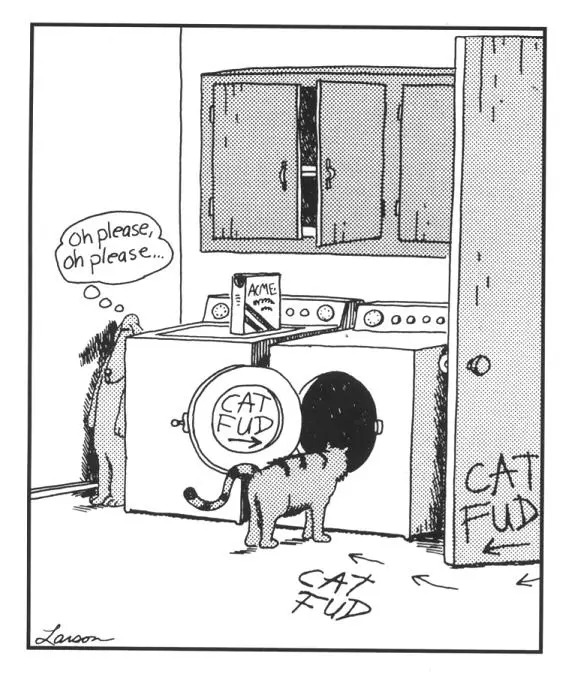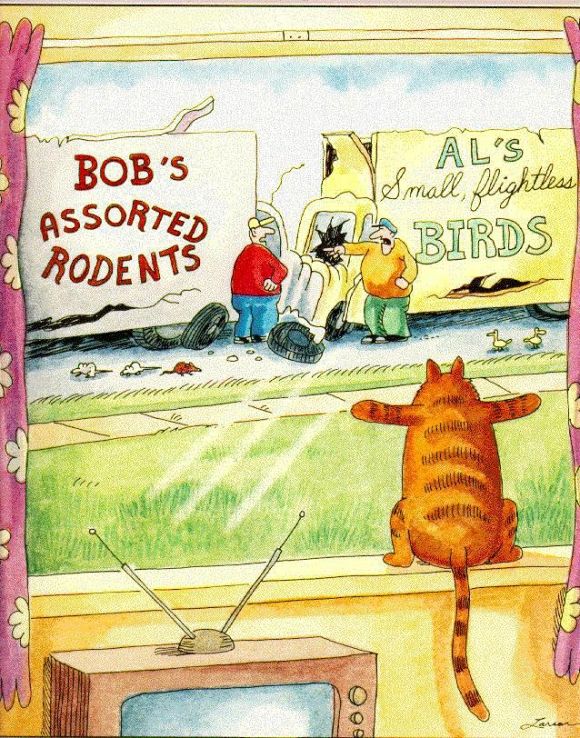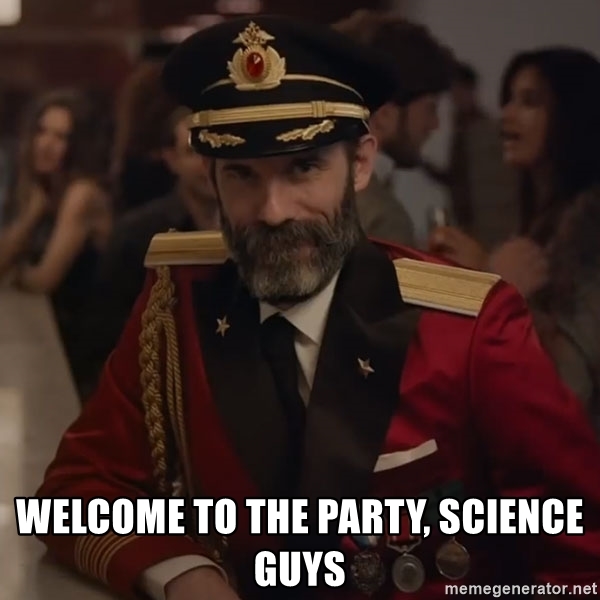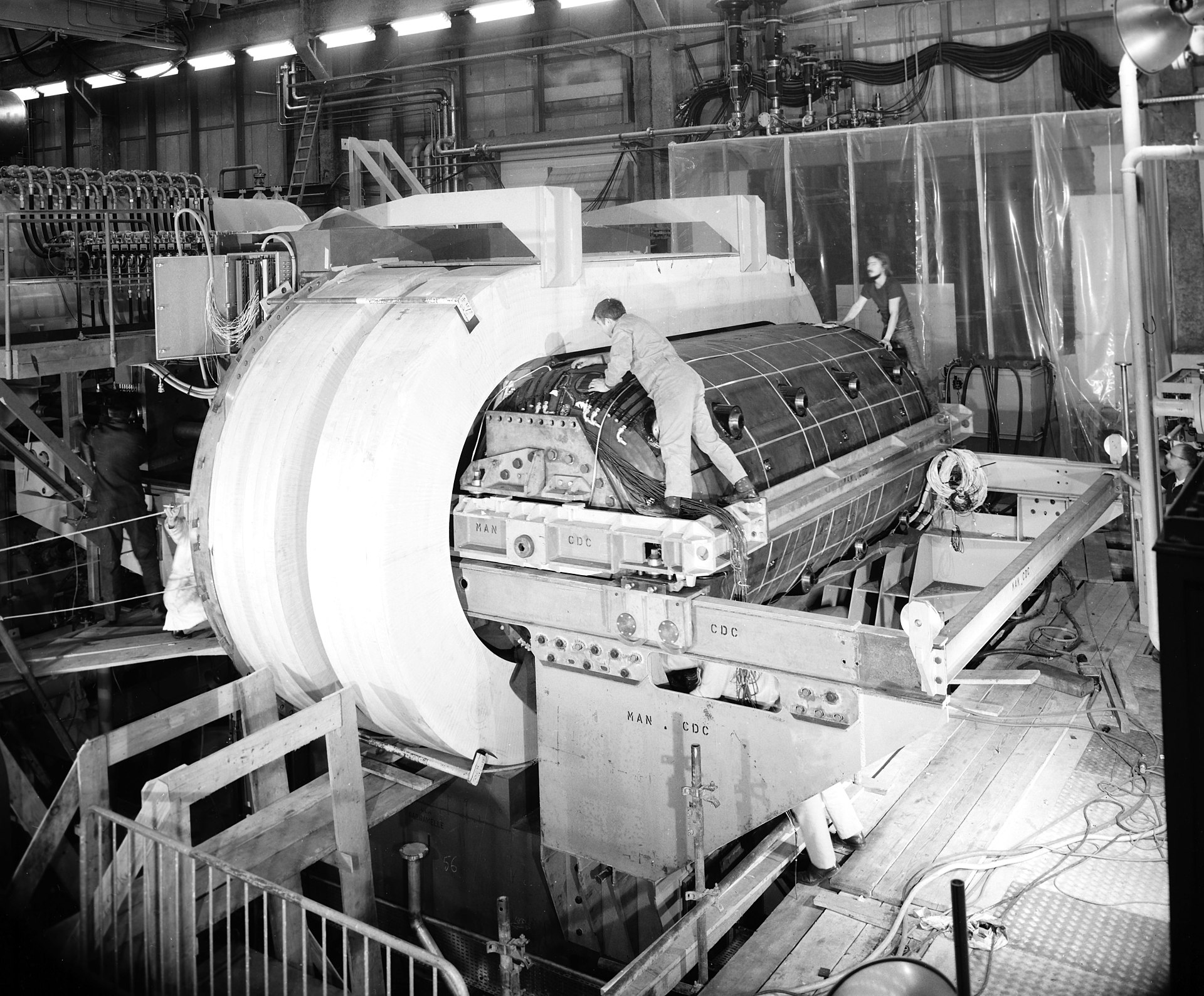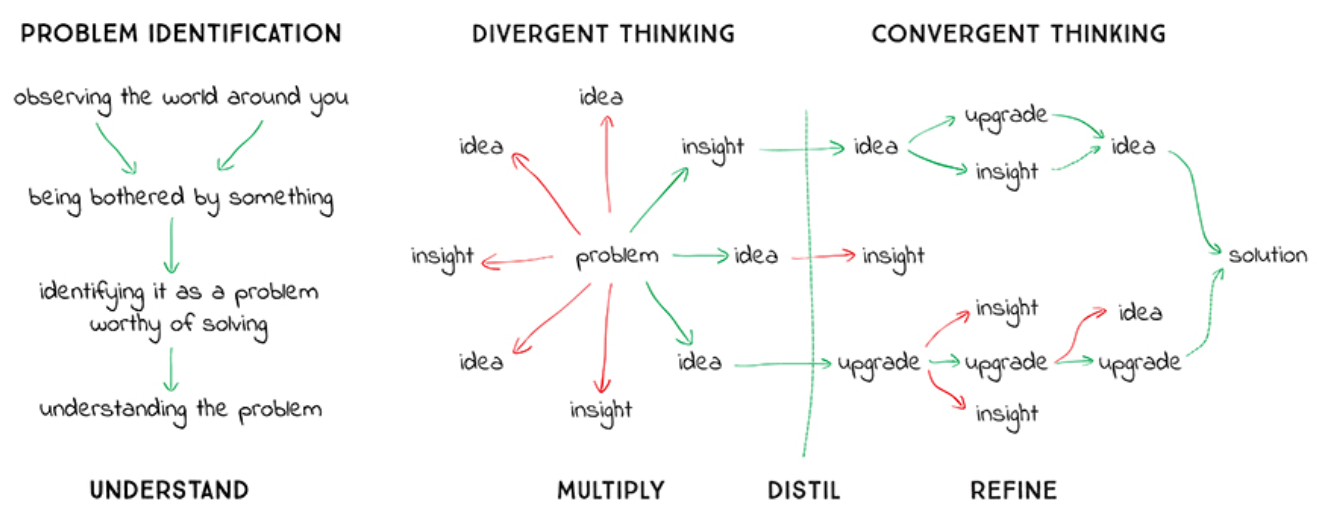
tag > Science
-
TooWrite Abstracts - interesting approach to scientific writing - with Q&A-based, stepwise assembly of structured narratives. First step, fast composition of abstracts and summaries.

-
By combining screams, chimps seem to know 400 ‘words’ - In more than 900 hours of recordings from wild chimpanzees, researchers heard hundreds of unique phrases that could resemble a language.
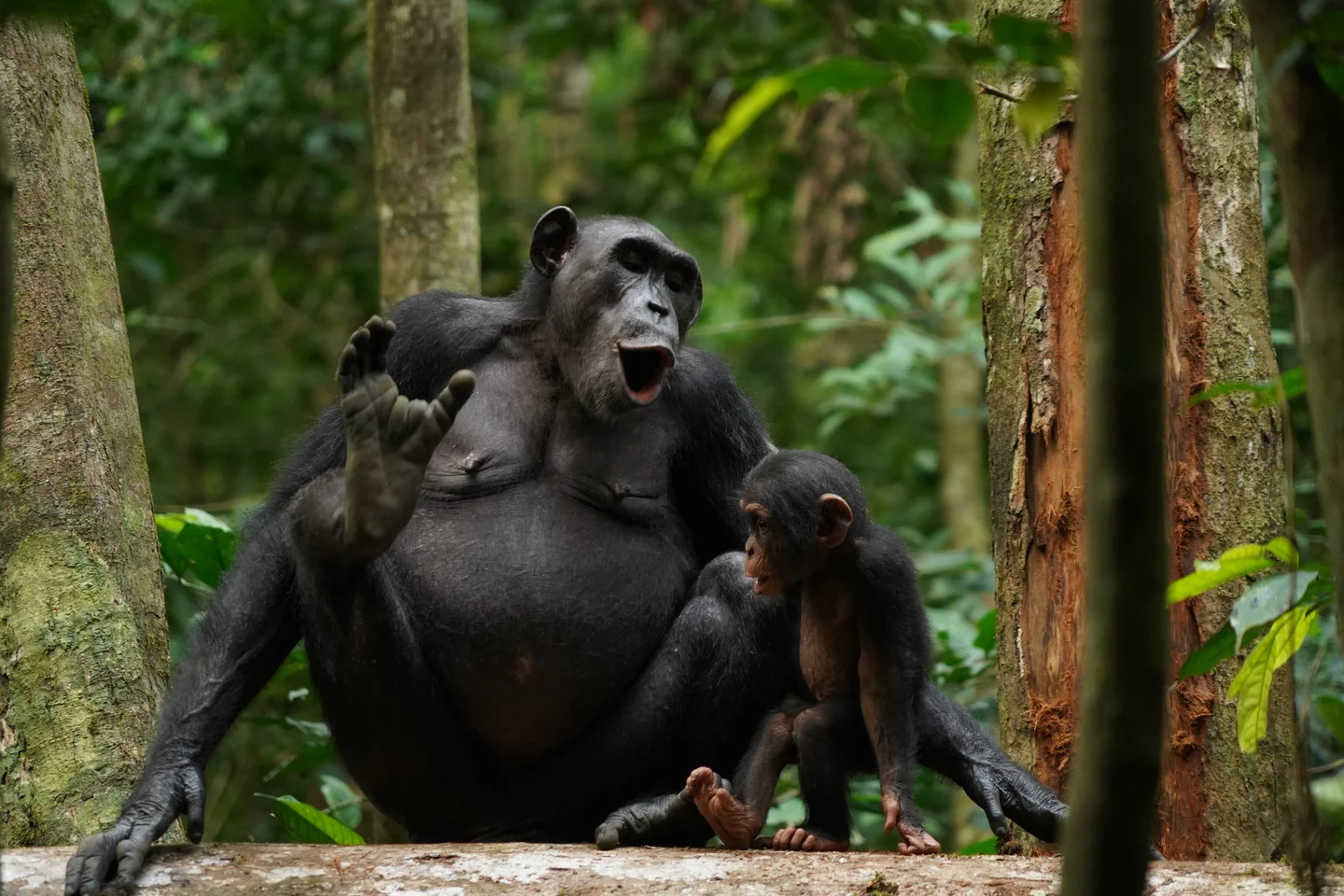
-
Neurons are fickle. Electric fields are more reliable for information.

A new study suggests that electric fields may represent information held in working memory, allowing the brain to overcome “representational drift,” or the inconsistent participation of individual neurons
-
Attempting to count the individual water drops in a river is a pointless, masochistic & insane activity. And yet, this is essentially what many fields of science & other forms of knowledge management are doing.

-
The Visible Wavelengths on the Electromagnetic Spectrum
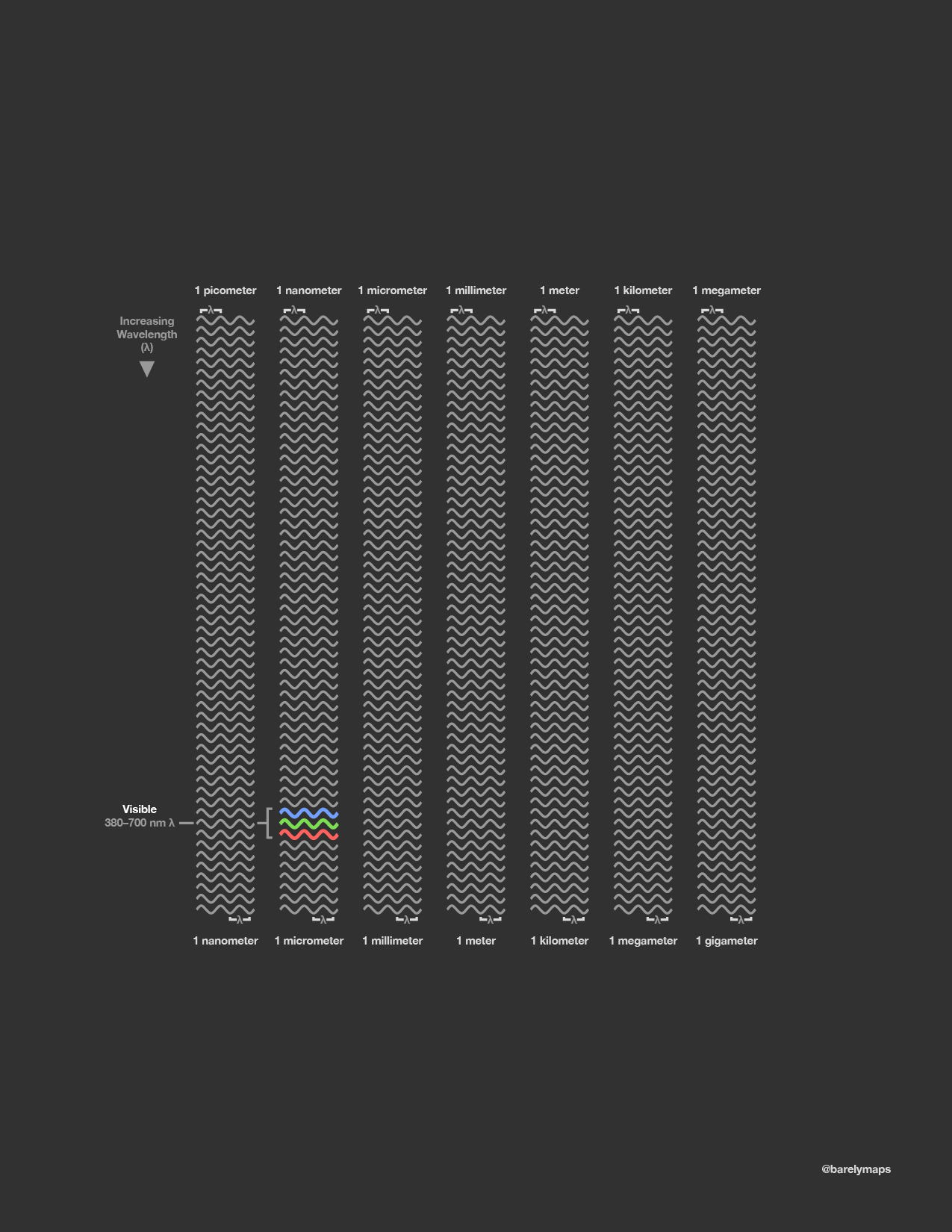
Related: Cthulhu Spectrum - #Science #Philosophy #Space #Complexity #Biology
-
Confusing models that predict the future with actual reality is a sign of madness

-
The Rhythms of the Brain Shape Our Perceptions
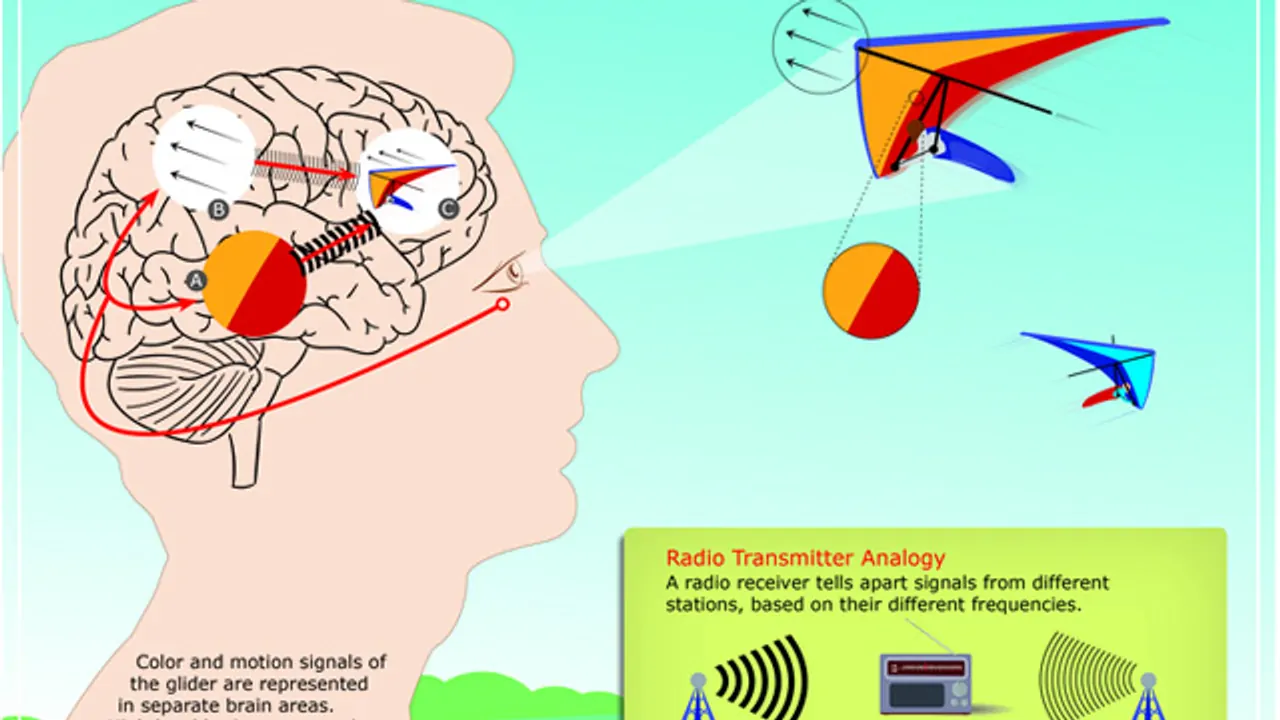
Focusing on what's important - this is one of the main tasks of our brain. After all, countless amounts of information are constantly flooding our senses. But how do we manage to separate the important from the unimportant? It has long been known that oscillatory neural activity is a key factor for this attentional selection in the mammalian brain. Scientists from the German Primate Center in Göttingen and the University of Melbourne have now investigated how this works. They found that coupling lower frequencies of oscillations with higher ones allows fine-tuning the brain and is thus the basis for higher cognitive functions, such as selective attention.
-
The lung's microbial flora regulates the brain's immune reactivity
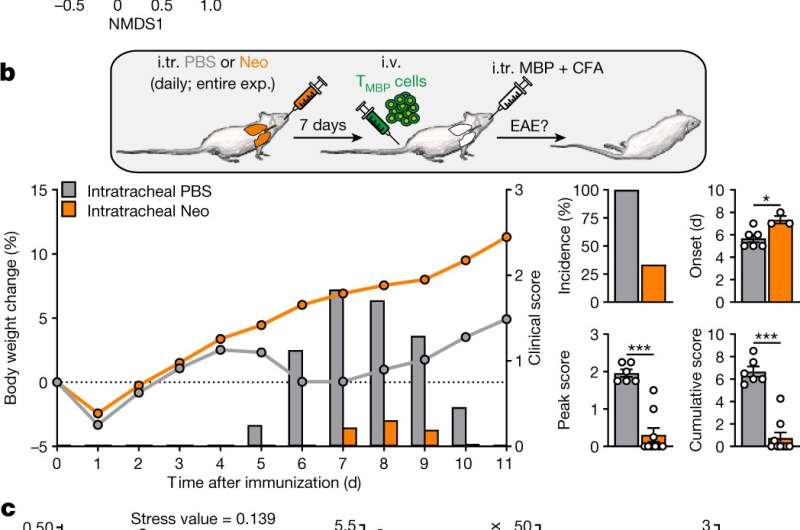
In its vital function of providing the body with oxygen, the lung is connected to the outside environment by a large exchange surface. This boundary between lung tissue and outside air is inhabited by a specific microbial flora, the so-called lung microbiome. The exact function of this microbiome has been scarcely researched. A scientific team led by Profs. Alexander Flügel and Francesca Odoardi at the Institute for Neuroimmunology and Multiple Sclerosis Research, University Medical Center Göttingen, have shown a close relationship between the lung microbiome and the brain. The researchers found out that the lung microbiome regulates the activity of microglia, the "brain's immune cells." This newly ascertained lung-brain axis is significant for disease processes: the exact composition of the lung microbiome determines the susceptibility of developing an autoimmune inflammation in the brain such as occurs in multiple sclerosis. The experimental results of this work were published today, 23 February 2022, in the online edition of the journal Nature.
-
Intracellular Reverse Transcription of Pfizer BioNTech COVID-19 mRNA Vaccine BNT162b2 In Vitro in Human Liver Cell Line - by Department of Clinical Sciences, Lund University, Sweden et.al
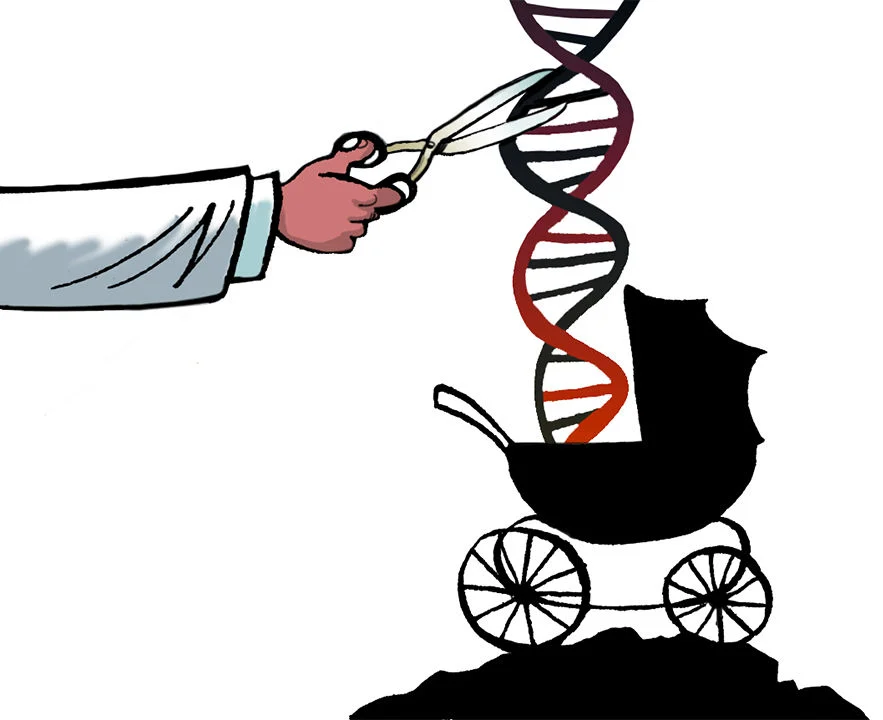
Summary: A mainstream study from Sweden showing the Pfizer vaccine penetrates the cells changing RNA to DNA in 6 hours (reverse transcription), causing genomic toxicity ("human genome editing"). Translation: You all got turned into a Big Pharma GMO product that could express the cytotoxic spike protein for the rest of your lives and could also pass it onto your children. Also possibly cancerous. Why were there no tests for biosafety? The biggest stealth crime against humanity ever?
Abstract: Preclinical studies of COVID-19 mRNA vaccine BNT162b2, developed by Pfizer and BioNTech, showed reversible hepatic effects in animals that received the BNT162b2 injection. Furthermore, a recent study showed that SARS-CoV-2 RNA can be reverse-transcribed and integrated into the genome of human cells. In this study, we investigated the effect of BNT162b2 on the human liver cell line Huh7 in vitro. Huh7 cells were exposed to BNT162b2, and quantitative PCR was performed on RNA extracted from the cells. We detected high levels of BNT162b2 in Huh7 cells and changes in gene expression of long interspersed nuclear element-1 (LINE-1), which is an endogenous reverse transcriptase. Immunohistochemistry using antibody binding to LINE-1 open reading frame-1 RNA-binding protein (ORFp1) on Huh7 cells treated with BNT162b2 indicated increased nucleus distribution of LINE-1. PCR on genomic DNA of Huh7 cells exposed to BNT162b2 amplified the DNA sequence unique to BNT162b2. Our results indicate a fast up-take of BNT162b2 into human liver cell line Huh7, leading to changes in LINE-1 expression and distribution. We also show that BNT162b2 mRNA is reverse transcribed intracellularly into DNA in as fast as 6 h upon BNT162b2 exposure.
-
"Intellectualism is a common cover-up for fear of direct experience." - Carl Jung
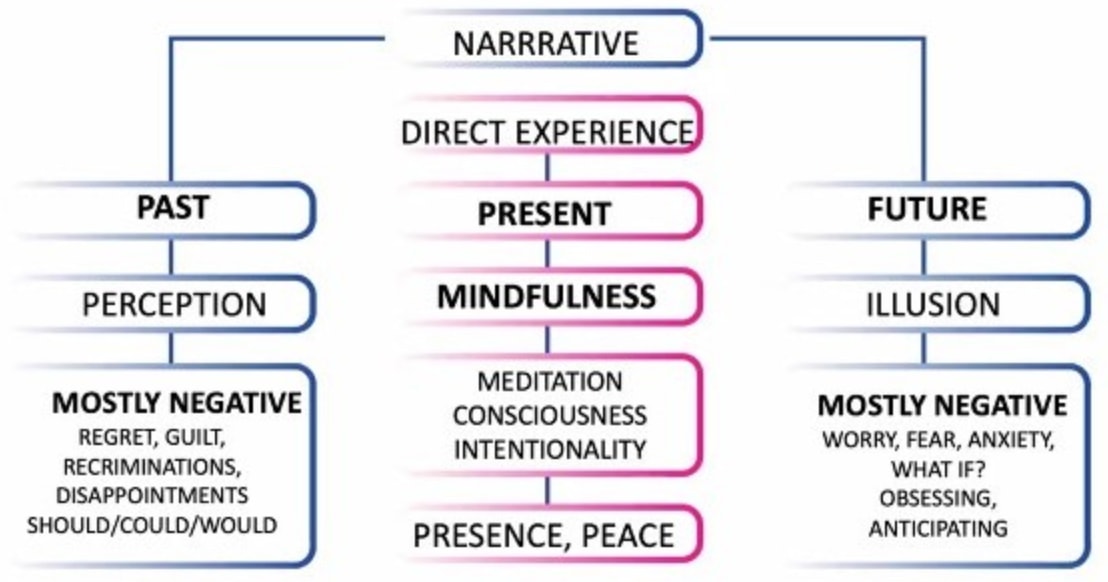
-
Largest Bacterium Ever Discovered Has An Unexpectedly Complex Cell (science.org)
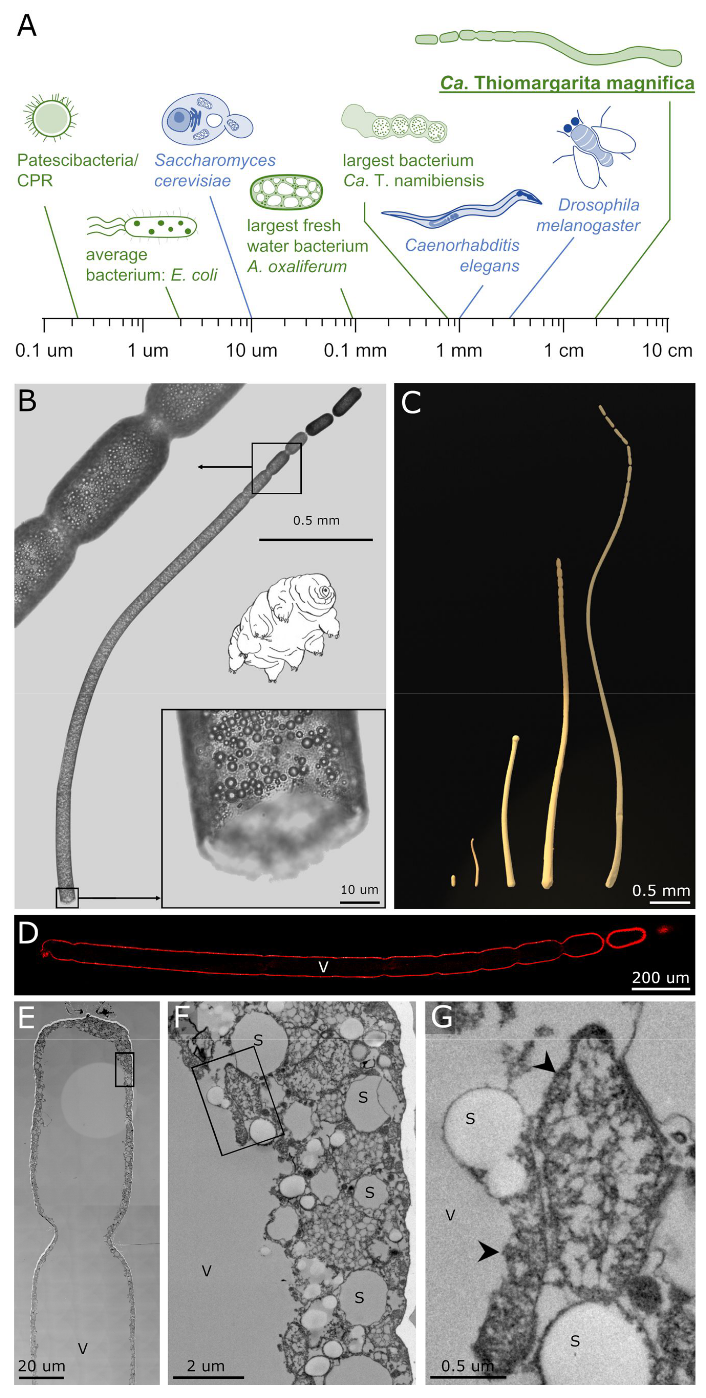
A newly described bacterium living in the Caribbean "is visible to the naked eye, growing up to 2 centimeters -- as long as a peanut -- and 5,000 times bigger than many other microbes," writes Elizabeth Pennisi via Science.org. "What's more, this giant has a huge genome that's not free floating inside the cell as in other bacteria, but is instead encased in a membrane, an innovation characteristic of much more complex cells, like those in the human body."
From the report:
The bacterium was unveiled in a preprint (PDF) posted online last week and it has astounded some researchers who have reviewed its features. Aside from upending ideas about how big -- and sophisticated -- microbes can become, this bacterium "could be a missing link in the evolution of complex cells," says Kazuhiro Takemoto, a computational biologist at Kyushu Institute of Technology.
Researchers have long divided life into two groups: prokaryotes, which include bacteria and single-cell microbes called archaea, and eukaryotes, which include everything from yeast to most forms of multicellular life, including humans. Prokaryotes have free-floating DNA, whereas eukaryotes package their DNA in a nucleus. Eukaryotes also compartmentalize various cell functions into vesicles called organelles and can move molecules from one compartment to another -- something prokaryotes can't. But the newly discovered microbe blurs the line between prokaryotes and eukaryotes. [...] Furthermore, that cell includes two membrane sacs, one of which contains all the cell's DNA, [researchers] report in their 18 February preprint on bioRxiv. Volland calls that sac an organelle and that's "a big new step" that implies the two branches of life are not as different as previously thought, [Verena Carvalho, a microbiologist at the University of Massachusetts, Amherst] says. "Perhaps it's time to rethink our definition of eukaryote and prokaryote!" agrees Petra Levin, a microbiologist at Washington University in St Louis. "It's a supercool story."
The other, water-filled sac may be the reason the bacterium could grow so big. [...] The DNA-filled sac, also squished along the inner edge of this bacterium, proved extraordinary as well. When researchers at the Department of Energy Joint Genome Institute sequenced the DNA inside, they found the genome was huge, with 11 million bases harboring some 11,000 clearly distinguishable genes. Typically, bacterial genomes average about 4 million bases and about 3900 genes. By labeling the DNA with fluorescent tags, [researchers] determined the bacterium's genome was so big because there are more than 500,000 copies of the same stretches of DNA. Protein production factories called ribosomes were inside the DNA-filled sac as well, likely making the translation of a gene's code into a protein more efficient.





